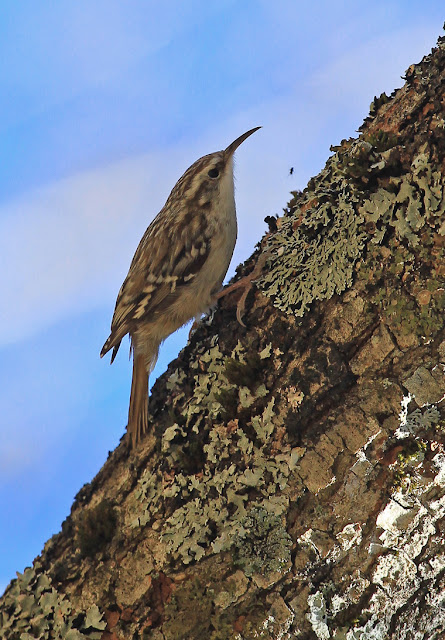As we have said, this is a great place to spend time. Despite the morning fog, we set off for a day of birdwatching.
Grey Heron, demonstrating its agility in the low morning light.
Lovely shimmering light on this statuesque Little Egret.
Sometimes, it is better to take a broader photograph rather than compressing a subject. I just love the way this Kingfisher mirrors the winter hue.
Another very fast-moving and brightly coloured bird is a Northern Shoveller.
A Great White Egret finds itself a lunch!
Unfortunately, a lone juvenile Ruff makes a fleeting visit just as I bite into a sandwich!
(Common) Snipe, enjoying the afternoon sunshine.
This Little Egret is treading the mud to raise critters.
A male Pintail Duck watches over the sleeping female.
Dunlin and Grey plovers return to the park, and the tide has reached its high point in the surrounding Arcachon Bassin.
"I know! They are Mallard ducks, but I love the Winter infusion of colour."
Happy Days!
Sometimes, it is better to take a broader photograph rather than compressing a subject. I just love the way this Kingfisher mirrors the winter hue.
Another very fast-moving and brightly coloured bird is a Northern Shoveller.
A Great White Egret finds itself a lunch!
Unfortunately, a lone juvenile Ruff makes a fleeting visit just as I bite into a sandwich!
(Common) Snipe, enjoying the afternoon sunshine.
This Little Egret is treading the mud to raise critters.
A male Pintail Duck watches over the sleeping female.
Dunlin and Grey plovers return to the park, and the tide has reached its high point in the surrounding Arcachon Bassin.
"I know! They are Mallard ducks, but I love the Winter infusion of colour."
Happy Days!






















































